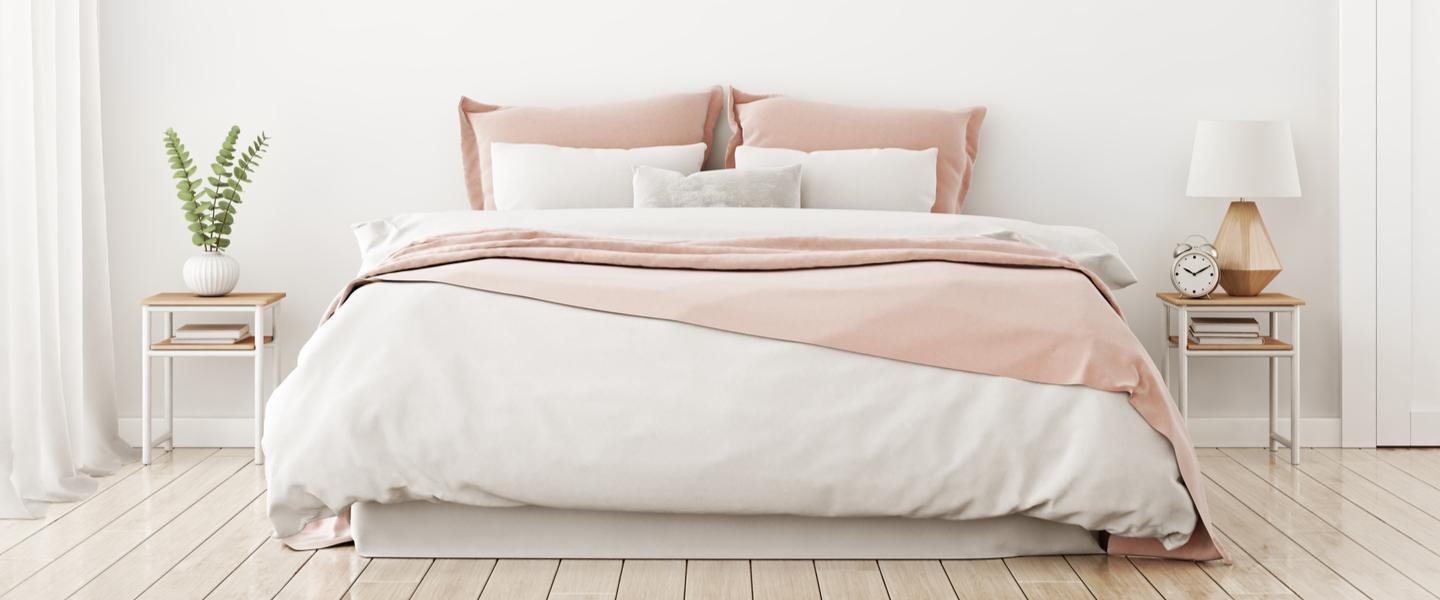King Size Bed vs Double: What is the Difference?
Having the perfect bed that gently yet firmly supports your body and spine makes all the difference. However, choosing the ideal bed for you can be challenging because of the many factors that you have to consider, such as bed size.
This brings us to one of the most frequently asked questions about bed sizes; what’s the difference between king size and double? Doubles are often the standard size used in the UK and are perfect for two people. However, if you’re looking for more space, a king size bed is the better choice.
The size of a bed is determined by the mattress it holds. However, the actual measurements of a bed vary depending on the style and shape of its frame. The size and shape of your bed will also affect which duvets and pillows you buy.
Read on to discover more about the differences between these bed sizes and other factors to keep in mind when shopping for a bed.
What measurements are a double size bed and mattress?
A double size bed and mattress is typically about 4.6 feet x 6.3 inches (135cm x 190cm) for a standard double. Double size beds and mattresses are very popular in the UK because they can easily fit two adults.
This bed size is also suitable for average-sized bedrooms. Remember that every bed frame is different, so these measurements can vary slightly. However, your mattress should fit these specifications.
What measurements are a king size bed and mattress?
A king size bed and mattress measures 5 feet x 6.6 feet (150cm x 200cm). King size beds are more spacious than doubles, making them an excellent choice for taller adults. Make sure you have enough space for a king size bed before purchasing it, as not all rooms will accommodate one.
Other standard bed and mattress sizes
Other bed and mattress sizes are available, apart from the king size and double size bed and mattress.
What measurements is a super king size bed and mattress?
At 180cm wide and 200cm long, you get a super king size bed or 6 feet x 6.6 feet in imperial units. Super king size duvets, beds and mattresses are the largest available in the UK as standard, and these beds are suitable for adults. Of course, you have to make sure your bedroom is spacious enough before purchasing a super king size bed.
What measurements is a small double bed and mattress?
A small double bed and mattress usually measure 4 feet x 6.3 feet (120cm x 190cm). Small double size beds and mattresses are smaller than standard double size beds and mattresses. This bed size is ideal for people who don’t have spacious rooms.
What measurements is a single bed and mattress?
A single size bed and mattress measures approximately 3 feet x 6.3 feet (90cm x 190cm). Single size beds are great for those who do not have enough space or only need a bed for one person.
How do you measure a mattress?
Measuring your mattress is important, especially when you are looking to purchase bedding. After all, it only makes sense to buy bedding that fits your mattress. For instance, if you have a king size mattress, you should go for a king size duvet that will perfectly fit over your bed.
Let’s take a look at how to measure a mattress.
Step 1: Measure the length of the mattress
Using a tape measure or a fabric ruler, measure from the head to the foot of your mattress to determine its length. If your mattress curves outwards at its edges, make sure that you begin measuring from the furthest point on each edge.
Step 2: Measure the width of the mattress
Measure from the left side to the right side to determine its width. If your mattress curves outwards at its sides, begin measuring from the furthest point on both the left and right sides of your mattress.
Step 3: Measure the depth of the mattress
Measure from the top to the bottom of your mattress to determine its depth. It is essential to leave your mattress topper on during these measurements, especially if you are looking to buy fitted bedsheets for your mattress.
Which bed size is the best for me? 7 factors to consider when choosing a bed size
On average, we spend a third of our lives asleep. Therefore, sleeping on the right bed and mattress size can go a long way in improving our overall physical and mental wellbeing. Let’s look at some factors to keep in mind when selecting the ideal bed size for you.
1 - Who will sleep in the bed?
Before purchasing a specific bed size, determine who will sleep on it. If you are sleeping on the bed alone, you might want to consider going for a spacious enough bed for you but not too big to fit in your bedroom.
If you are sharing with someone else, go for a larger bed. Purchasing a bigger bed such as a king size bed is also essential if your partner or child is a restless sleeper. You want to have enough room where the both of you can sleep comfortably regardless of your sleeping style.
It is also essential to think about the future. For example, if you are buying a bed for your child, it is best to choose a size that will be big enough to accommodate them as they grow up. After all, buying a bed is a long-term investment, so it’s vital to go for a bed that will serve you for a long time.
It is also vital to purchase bedding that is the same size as your bed. If you are buying a double size bed for your child, it is also recommended to go for a double duvet. Do not buy smaller bedding just because they are kids. Having bedding that is right for the size of the bed not only makes it look better, but they will be big enough to accommodate your child as they grow.
2 - Room size
Purchasing a large bed when you have a smaller room is not the best idea. When shopping for a bed, it is best to go for one that isn’t too big that it takes up most of the space in the room.
3 - Room location
Before buying, measure your doorways, halls, and stairways to your bedroom. Once you know these measurements, it is best to go for a smaller bed size than the doorway, hallway, or stairway that leads to your bedroom. This will not only make the moving process easier, but it will prevent your bed from incurring any damage such as scratches or breakages.
It is also essential to check for low-hanging light fixtures such as light bulbs or chandeliers before moving your bed. Doing so will enable you to be more careful during the moving process or even remove them from their current location if possible.
4 - Budget
Establishing a budget lets you stay on track and decide whether it will be a long-term or a short-term investment. Doing so will help you determine how much money you are willing to spend.
5 - Bedroom décor
Your bedroom’s size and location are important factors to consider when shopping for a bed, but so is its style. A bedroom that looks good also feels good to relax in. This is why it is vital to get a bed that blends in perfectly with your furniture in terms of style and material.
6 - Bed height
A bed’s height plays a vital role in how comfortable the bed is. If the bed is for an older person or a toddler, you might want to choose a lower bed.
7 - Body size
If you are a tall person, you might want to choose a bed that is larger in length for extra comfort when you sleep. Going for a wider bed, such as a king-sized bed, is also recommended if you have a wider body structure.
Find the right bedding for your new bed
Now that you know the different UK bed and mattress sizes, we hope that you can choose a bed that fits your budget, needs, and preferences. Once you’ve bought your new bed, it’s time to invest in some new bedding!
At Sleepseeker, we have several pillows, duvets, mattress toppers and mattress protectors to choose from.
What's trending now...
-

Slumberdown Super Support Firm Support Side Sleeper Pillow, 2 Pack
£17.00
Shop Now -

Slumberdown All Seasons Combi 15 Tog (10.5 + 4.5 Tog) Double Duvet
£30.50
Shop Now -
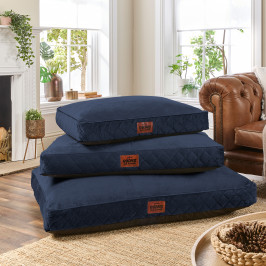
Slumberdown Paws for Slumber Navy Pet Bed, Large
£49.00
Shop Now -

Slumberdown Wonderful Wool Mattress Topper, King
£60.00
Shop Now -

Slumberdown Paws for Slumber Extra Large Pet Bed Spare Cover, Grey
£20.00
Shop Now -

Slumberdown Anti Allergy Mattress Protector - Double
£20.50
Shop Now -

Slumberdown Wonderfully Warm Electric Blanket - Single
£60.00
Shop Now -

Slumberdown Anti Allergy Pillow Protector - Pack of 2
£15.50
Shop Now -

Slumberdown Paws For Slumber Sherpa Pet Bed, Medium
From: £25.00
Shop Now -

Slumberdown Super Support Firm Support Side Sleeper Pillow
From: £17.00
Shop Now -

Slumberdown All Seasons Combi Duvet
From: £25.50
Shop Now -
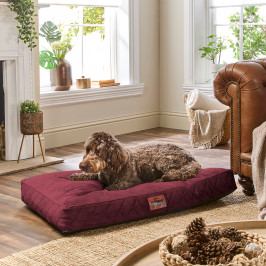
Slumberdown Paws for Slumber Large Pet Bed
From: £49.00
Shop Now -

Slumberdown Wonderful Wool Mattress Topper
From: £54.50
Shop Now -

Slumberdown Paws for Slumber Extra Large Pet Bed Spare Cover
From: £20.00
Shop Now -

Snuggledown Scandinavian Hollowfibre Mattress Protector - Single
£14.00
Shop Now -

Slumberdown Wonderfully Warm Electric Blanket
From: £60.00
Shop Now -

Slumberdown Anti Allergy Pillow Protector
From: £15.50
Shop Now -
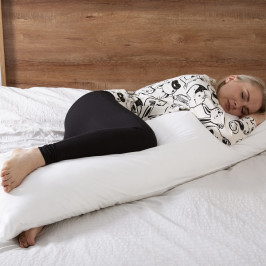
Slumberdown Body Support Pillow, 1 Pack, Includes 100% Cotton Pillow Case
£20.00
Shop Now -

Slumberdown All Seasons Combi 15 Tog (10.5 + 4.5 Tog) King Size Duvet
£34.00
Shop Now -
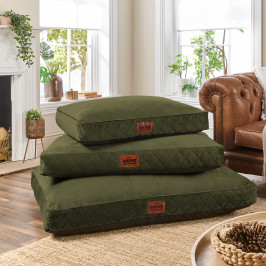
Slumberdown Paws for Slumber Olive Green Pet bed, Medium
£39.00
Shop Now -

Snuggledown Scandinavian Hollowfibre Mattress Topper - Super King
£35.50
Shop Now


